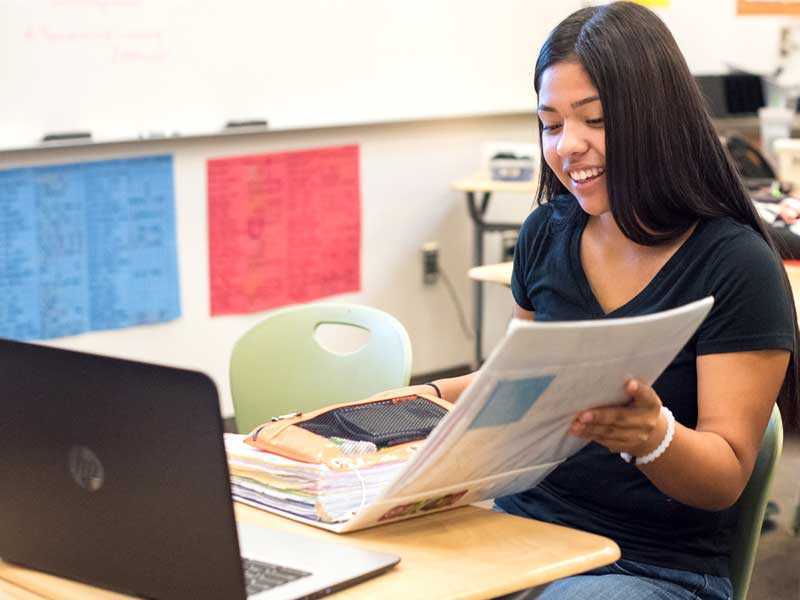Introduction
Why this exists and how to use it
Why This Toolkit Exists
School and system leaders undoubtedly want to remove barriers to equity, but it can often feel difficult to find the right time to make these changes. However, we believe that school and system leaders can make meaningful, positive change in their schools even under very challenging circumstances with the right team, tools, and process – without waiting for the perfect time to do so.
Developed by The Learning Accelerator with Bellwether Education Partners through our support of school systems in their urgent response to the COVID-19 pandemic, this toolkit provides leaders with a realistic, inclusive, and rapid process for making targeted improvement toward more equitable and resilient teaching and learning – in any context – through a series of guided activities paired with examples from real schools.
This toolkit reflects ideas from a number of design processes, but the Real-Time Redesign process is unique in its focus on practical application of three key areas within a school context:
Equity and Resiliency
This toolkit seeks to help teams make meaningful change that results in more students, especially those furthest from opportunity, receiving what they need; it also focuses on developing systems for teaching and learning that are flexible enough to adapt over time to the changing needs of individual students and the world around them.
Targeted Improvement
Typical change processes are often too slow to address the immediate, urgent challenges facing many school communities; leaders and their teams need a more flexible, real-time approach. Developed in partnership with schools seeking to manage meaningful change amidst the COVID-19 pandemic, our toolkit offers a realistic process for leaders who don’t have time to stop managing their important day-to-day work.
Authentic Inclusivity
Inclusivity is at the heart of this toolkit. Each step of the process is informed by deep engagement with the people who are most negatively affected by the challenges in schools – people who are often kept out of typical decision-making processes. Problem-centered rather than solution-centered, it will lead you to understand the challenges in your schools from those who are experiencing them and then to design solutions with and for those same people. This flexible, small-scale process is not intended to replace a thorough, community-led strategic visioning process, but rather can inform and complement one by making small but impactful changes in real-time.
We hope that you’ll view this toolkit as a way to build critical muscles for ongoing, real-time, and continuous improvement towards more equitable and resilient teaching and learning.


